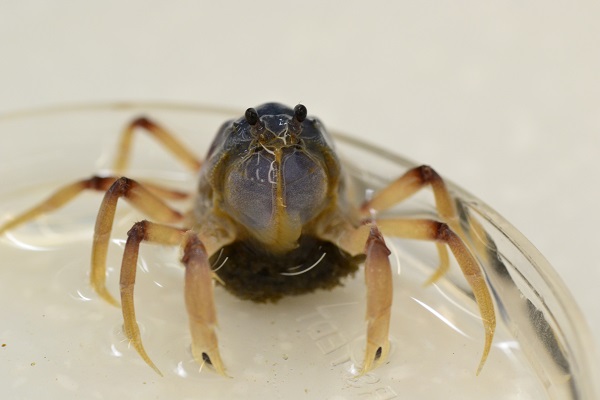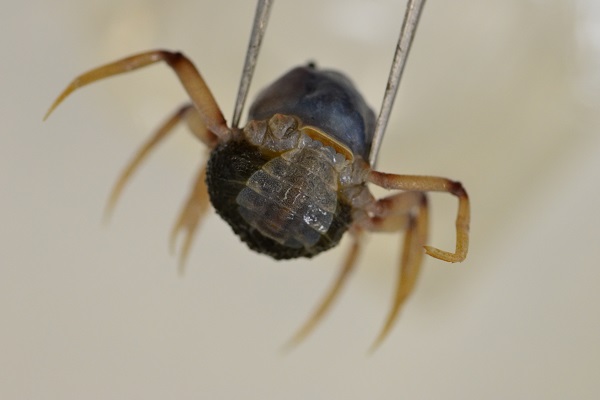Reproduction
Like other crustaceans, the solider crab has a lifecycle
defined by growth, as only with an increase in size will a crustacean moult
from its juvenile forms until eventually reaching its adult form, in which it
will continue to moult with growth (Garath & Abbott, 1980). M. longicarpus mate sexually and are either
male or female individuals. The male fertilises the eggs and the female carries the eggs under her abdomen (Garth & Abbott, 1980). The
eggs hatch into protozoea larvae which immediately moult into the shrimp-like zoea
larvae. In their zoeal form the larvae actively swim using appendages on the cephalothorax
that in their adult form will eventually become the mandibles and antennae (Garth
& Abbott, 1980). They live with plankton and feed on tiny metazoans, protozoans.
In this stage they moult several times, each moult seeing some change in body
form, until the final moult in which the zoea larvae will metamorphose into the
megalops stage(Garth & Abbott, 1980). With the appearance of a small crab
the megalops stage is like a transition larval form to an adult existence as it
still pertains the ability to swim with the beating of its durable pleopods but
also settles on the bottom occasionally, as if to test the bottom. The first
moult in the megalops stage see the transition to a juvenile crab which is when
the crab commences an adult lifestyle (Garth & Abbott, 1980).


Two photographs of a female M. longicarpus carrying thousands of eggs under her abdomen.
All photos original taken by Kate Buchanan, 2014, at the University of Queensland, St Lucia. |